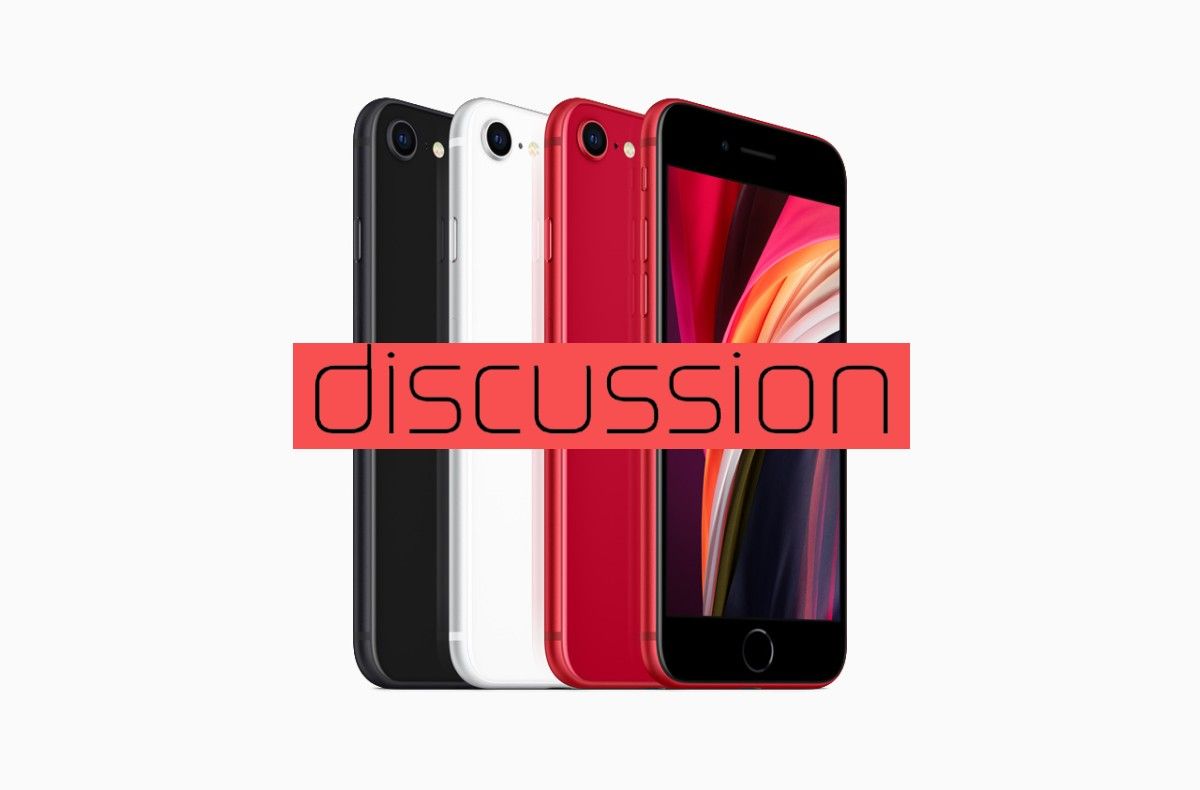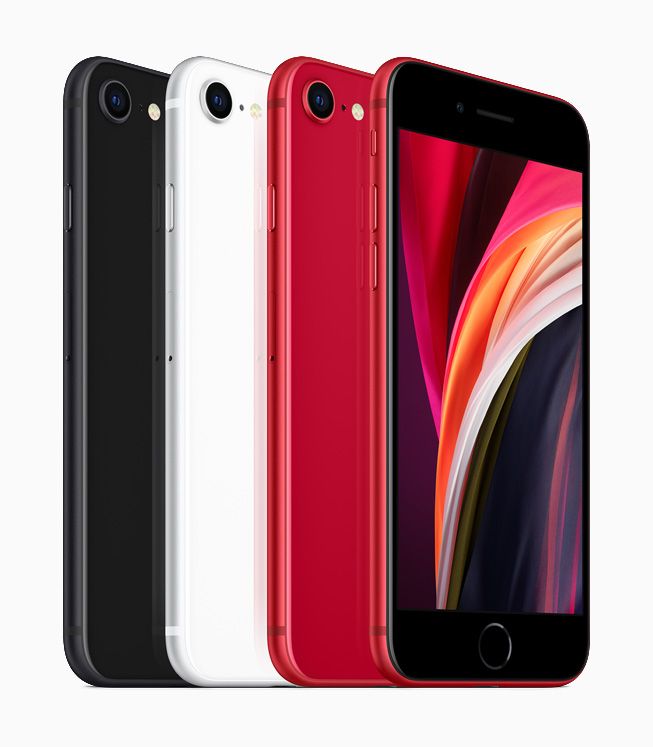Here at XDA-Developers, we don't really talk about the Apple iPhone as much as we could. This is despite the fact that the latest iPhones have consistently been the benchmark against which Android flagships are compared against, and thus parallels will always be drawn. Everything that Apple does draws attention from competitors, and each of its moves becomes a trend, whether we like them to or not. This week, Apple did something that stole the thunder from the Android world once again, but in a rather surprising fashion. The company quietly launched the new Apple iPhone SE, also popularly referred to as the iPhone SE 2 or iPhone SE 2020.
The iPhone SE 2 is more of a refresh of the iPhone 8 from 2017 rather than a direct refresh of the original SE from 2016. There are a lot of familiar aspects about this new device, but there are two things that really stand out to us: the processor and the price tag. The iPhone SE 2 comes with Apple's A13 Bionic SoC, which is the same SoC found on Apple's current flagships, the iPhone 11, iPhone 11 Pro, and iPhone 11 Pro Max. For a starting price tag of $399 / €479 / £419 / ₹42,500, the new iPhone SE is the cheapest smartphone from Apple that offers flagship-level performance. The rest of the package is arguably modest: The design is dated and the camera only singular. Despite this, there's no denying that the iPhone SE 2020 stands out from the sea of phones that are trying to do too much and costing us an arm and a leg.
Why we're acknowledging this "budget" iPhone is the fact that Android flagships are now more expensive than ever, riding upon the seemingly-mandatory 5G adoption wave even though the technology still needs to grow and mature (and even come into existence in some markets in the first place). While the iPhone SE 2 is not particularly cheap—it still costs more than what we consider "budget" in the Android world—it offers Apple fans a cheaper option to stay within the iOS ecosystem if they haven't updated in recent years. Apple is also very good at software support for its limited lineup.
Coupling the latest flagship processor with a decent price tag, a pocketable form factor, a sense of familiarity and simplicity, and Apple's software support promise gives you an excellent option at a time when people are cutting down their spending because of COVID-19 and the economic changes that have been brought about. The world needs a flagship killer now more than ever......and it seems that Apple is the one to have provided one? Oh, how the tables have turned.
We would like to know your thoughts on this topic:
What do you think of the Apple iPhone SE 2? Do you agree with the approach Apple has taken with its "budget" flagship? What has Apple gotten right, and what has it gotten wrong? Who is Apple targeting with this phone? How important is the processor to the target audience, for them to even appreciate the A13 Bionic? Will this phone convert any Android users to Apple? Which is the closest current and/or future competitor to the iPhone SE 2 from the Android side? Do Android OEMs need to be worried?
For your reference, here are the specifications and pricing of the new device (via MacWorld):
- A13 Bionic processor
- 64GB/128GB/256GB of storage
- 4.7in (1334x750 at 326 ppi) display, 625 nits brightness, 1400:1 contrast, True Tone
- 12Mp (f/1.8) rear-facing camera with flash, Portrait mode, 4K video
- 7Mp (f/2.2) front-facing camera, Portrait mode
- IP67 water and dust resistance
- 138.4 x 67.3 x 7.3 mm; 148g
- iPhone SE (2020, 64GB): £419/$399
- iPhone SE (2020, 128GB): £469/$449
- iPhone SE (2020, 256GB): £569/$549
Let us know your thoughts in the comments below!


